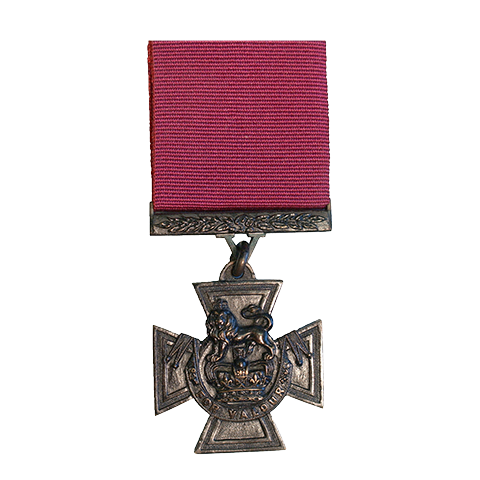It is awarded to persons who, in the presence of the enemy, display the most conspicuous gallantry; a daring or pre-eminent act of valour or self-sacrifice; or extreme devotion to duty.

How it is awarded
The Governor-General awards the Victoria Cross, with the approval of the Sovereign, on the recommendation of the Minister for Defence.
The Victoria Cross may be awarded posthumously.
The post-nominal entitlement for the Victoria Cross is VC.
A subsequent award of the Victoria Cross to the same person is made as a bar to the Cross. They are also entitled to the post-nominal VC and Bar.
History
The Victoria Cross was created by Queen Victoria in 1856 and made retrospective to 1854 to cover the period of the Crimean War.
Australians were eligible for the Victoria Cross and other awards under the Imperial system of honours, until the Victoria Cross was instituted in the Australian honours system by Letters Patent on 15 January 1991.
Medal design
The Victoria Cross is a Maltese Cross, cast in bronze from cannons captured during the Crimean War (1854-1856). There is sufficient metal for a number of new medals to be cast from these cannons. They are each handmade by Hancocks and Company (Jewellers) of London.
The obverse of the Victoria Cross bears a crowned lion standing on a royal crown. The words 'FOR VALOUR' are inscribed on a semi-circular scroll beneath the crown.
The reverse of the cross is engraved with the date of the act of bravery and the name, rank and unit of the recipient.
The suspension bar is decorated with laurel leaves and bears a 'V' from which the cross hangs.
Medal ribbon
The medal ribbon of the Victoria Cross is crimson.
